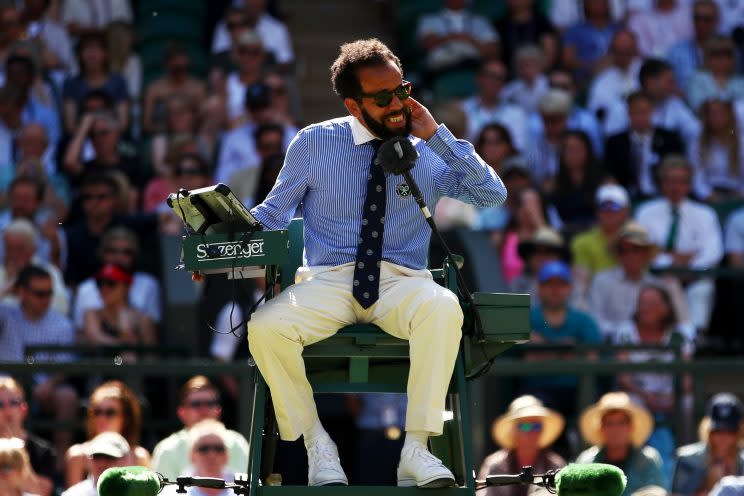Flying Ant Day causes issues at Wimbledon

Mother nature is once again asserting her authority at Wimbledon.
This time around, it was a swarm of flying ants that plagued players at the All England Club as several players could be seen struggling to swat away the pesky insects on Wednesday.
Johanna Konta, Donna Vekić, Aljaz Bedene, Damir Džumhur, Jo-Wilfried Tsonga, Sam Querrey and Simone Bolelli were among some of the players affected by the ant invasion.
Diving headfirst into #Wimbledon like… pic.twitter.com/Ok9iXKIDF7
— Wimbledon (@Wimbledon) July 5, 2017
“I almost wanted to stop because they were hitting you in the face when you were trying to hit balls. [They were] all over the place,” American Sam Querrey said in a in a post-match interview.
These winged insects are in a stage of reproduction called ‘nuptial flight,’ which occurs when ants fly away from their colony in order to start a new colony at a different location. Colloquially, the time is often referred to as Flying Ant Day.
This reproductive phase can last up to two weeks, but many times concludes in just 24 hours. For the players’ sake, let’s hope the latter is the case this year.
Animal encroachment is nothing new at the All England Club.
In 1949, a squirrel famously interfered during a second round match between Hans van Swol and Robert Abdesselam.
Similarly, in 1982, a swarm of bees made life difficult for Pam Shriver and Kathy Rinaldi.
Seven years later, sparrows disrupted play in a match between Stefan Edberg and John McEnroe; and in 1998 a mouse (yes, a mouse) briefly halted play in a match between Yevgeny Kafelnikov and Mark Philippoussis.
Finally, pigeons wreaked havoc in 1999 during the men’s semifinal played between Pete Sampras and Tim Henman.
At Wimbledon, you truly never know what to expect.



